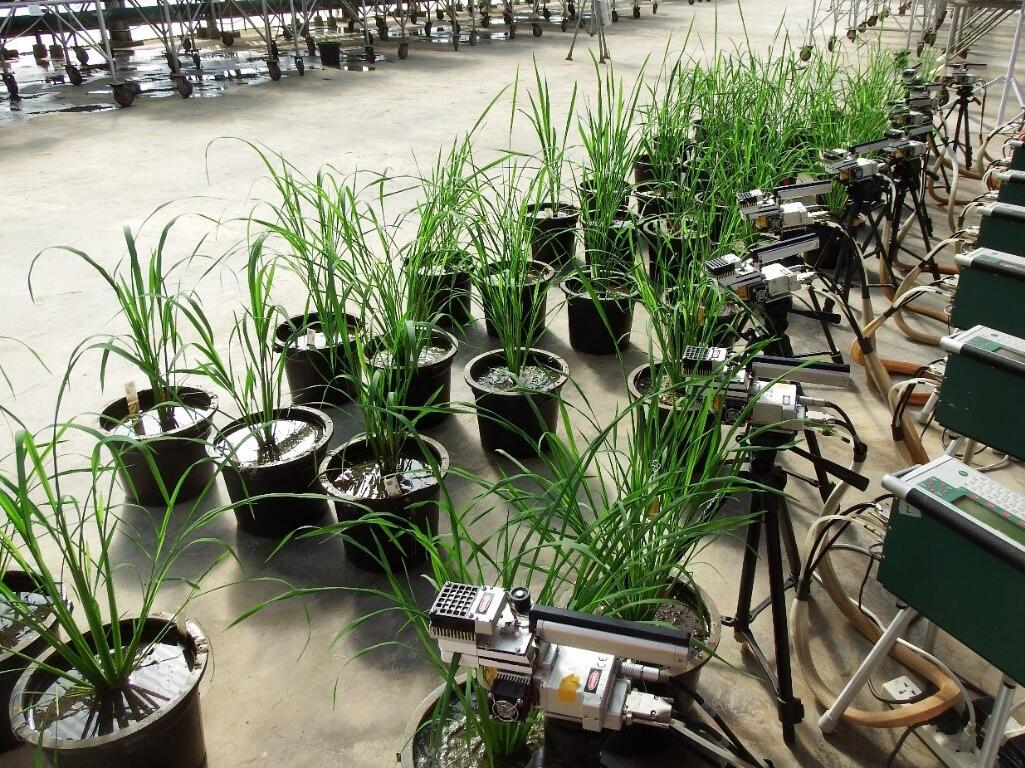Photosynthesis varies greatly across rice cultivars — natural diversity could boost yields

CHAMPAIGN, Ill. — Rice is a direct source of calories for more people than any other crop and serves as the main staple for 560 million chronically hungry people in Asia. With over 120,000 varieties of cultivated rice (Oryza sativa) across the globe, there is a wealth of natural diversity to be mined by plant scientists to increase yields. A team from the University of Illinois and the International Rice Research Institute (IRRI) examined how 14 diverse varieties photosynthesize—the process by which all crops convert sunlight energy into sugars that ultimately become our food. Looking at a little-studied attribute of photosynthesis, they found small differences in photosynthetic efficiency under constant conditions, but a 117 percent difference in fluctuating light, suggesting a new trait for breeder selection.
“Photosynthesis has traditionally been assessed under ‘constant conditions’ where plants are exposed to constant, high levels of light, but field conditions are never constant—especially considering the light that drives photosynthesis,” said RIPE Director Stephen Long, Ikenberry Endowed University Chair of Plant Biology and Crop Sciences at Illinois’ Carl R. Woese Institute for Genomic Biology. “We looked at 14 cultivars of rice that represent much of the crop’s diversity and asked the question: Could there be variability in photosynthesis in fluctuating light that we might be able to capitalize on?”
Read more on the Realizing Increased Photosynthetic Efficiency (RIPE) website.